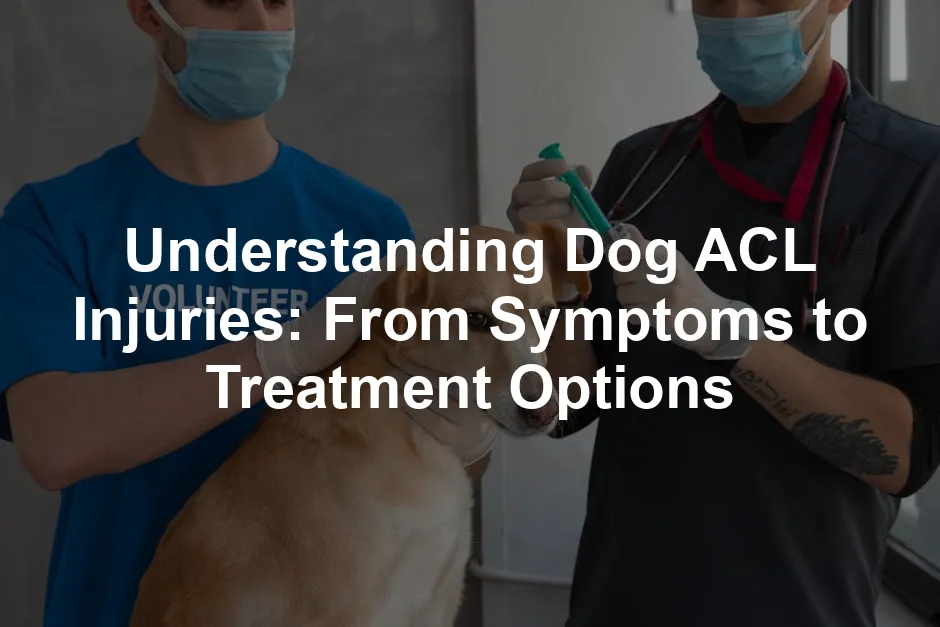Introduction
Dog ACL injuries are significant concerns for pet owners. The anterior cruciate ligament (ACL) is crucial for stability in a dog’s knee. When this ligament is injured, it can lead to severe mobility issues. Understanding the symptoms, risks, and treatment options is essential for effective management.
Summary and Overview
ACL injuries in dogs are quite prevalent. Many dogs suffer from this condition, impacting their quality of life. The ACL plays a vital role in maintaining joint stability and allowing smooth movement. This article will cover symptoms, treatment options, and recovery details. As a pet owner, it’s important to be informed about this common issue to ensure your dog’s well-being.
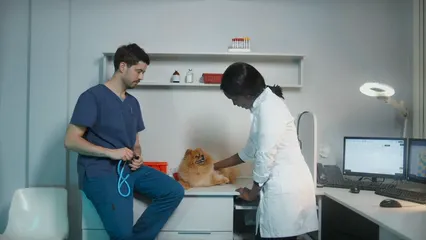
Symptoms of ACL Injuries
Common Symptoms to Watch For
If your dog shows signs of lameness or swelling, it may have an ACL injury. You might notice your dog limping or favoring one leg. The “drawer sign” is a common diagnostic method where the vet checks the knee’s stability.
Statistics reveal that ACL injuries affect a significant number of dogs each year. In fact, many dogs will experience some form of knee injury during their lifetime. Being aware of these symptoms can help you seek timely veterinary care for your furry friend.
To help your dog maintain joint health, consider adding Omega-3 Fish Oil for Dogs to their diet. Omega-3 fatty acids are known to support joint function and reduce inflammation, which is critical for dogs recovering from ACL injuries.

Breeds at Higher Risk
Understanding Breed Vulnerability
Some dog breeds are more susceptible to ACL injuries. Larger breeds like Labrador Retrievers, Rottweilers, and German Shepherds often face higher risks. Studies show that neutered males and females may develop these injuries at alarming rates.
Obesity is a significant factor. Overweight dogs are four times more likely to suffer ACL issues. Inactive dogs, or “weekend warriors,” are also at risk. They may engage in sudden, intense activity after long periods of rest, increasing the likelihood of injury.
Statistics indicate that around 60% of dogs with ACL injuries may also face issues in the opposite leg later. Awareness of these breed vulnerabilities helps owners take preventive measures.
To combat obesity, consider feeding your dog high-quality food like Blue Buffalo Life Protection Formula Dog Food. This nutritious option is designed to meet your dog’s dietary needs and help maintain a healthy weight.

Diagnosis of ACL Injuries
Diagnostic Techniques
Veterinarians use several methods to diagnose ACL injuries. A thorough physical examination is the first step. Vets often perform the “drawer sign” test to assess knee stability. This test involves pulling the tibia forward while stabilizing the femur.
Imaging techniques, such as X-rays and MRIs, help rule out other conditions. These methods ensure accurate diagnosis, as injuries can mimic other issues like arthritis.
Success rates for these diagnostic techniques are generally high. Early identification of ACL injuries can lead to better treatment outcomes, so timely veterinary visits are crucial.

Treatment Options for ACL Injuries
Non-Surgical Management
Many dogs benefit from conservative treatment options. Weight management is essential for dogs with ACL injuries. Research shows that losing 10% of body weight can lead to a 60% success rate in non-surgical management.
Exercise modification is equally important. Controlled physical activity, including swimming and range-of-motion exercises, helps maintain joint health.
Joint supplements can also play a crucial role. Omega-3 fatty acids are known to support joint function and reduce inflammation. For a comprehensive guide on dog joint supplements, check out this dog joint supplements.
Learn more about how joint supplements can aid in your dog’s recovery and overall joint health. dog joint supplements
Effective pain management often includes NSAIDs or other medications. These treatments provide relief while allowing your dog to heal. Non-surgical options can be a viable pathway to recovery, especially for smaller or less active dogs.
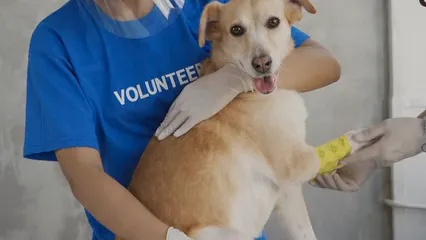
Surgical Options
Surgery is often recommended for dogs with severe ACL injuries. If conservative treatments fail or if your dog is very active, surgical options become necessary. Two common procedures include the Tibial Plateau Leveling Osteotomy (TPLO) and extracapsular techniques.
The TPLO is a popular choice, especially for larger dogs. This procedure alters the knee’s mechanics, providing stability. Extracapsular techniques involve placing a strong suture outside the joint to keep it stable. Both methods aim to restore function and reduce pain.
Expected outcomes from these surgeries are generally positive. Many dogs regain full mobility within months. Recovery time varies, but most dogs can start bearing weight in 2 to 3 weeks. Full recovery usually takes around 8 to 12 weeks, depending on the procedure and the dog’s adherence to post-operative care.
Success rates for these surgeries are encouraging. Studies show that around 85-90% of dogs experience improvement after TPLO. However, as with any surgery, risks exist, such as infection or complications with anesthesia. Discuss these risks with your veterinarian to make an informed decision.
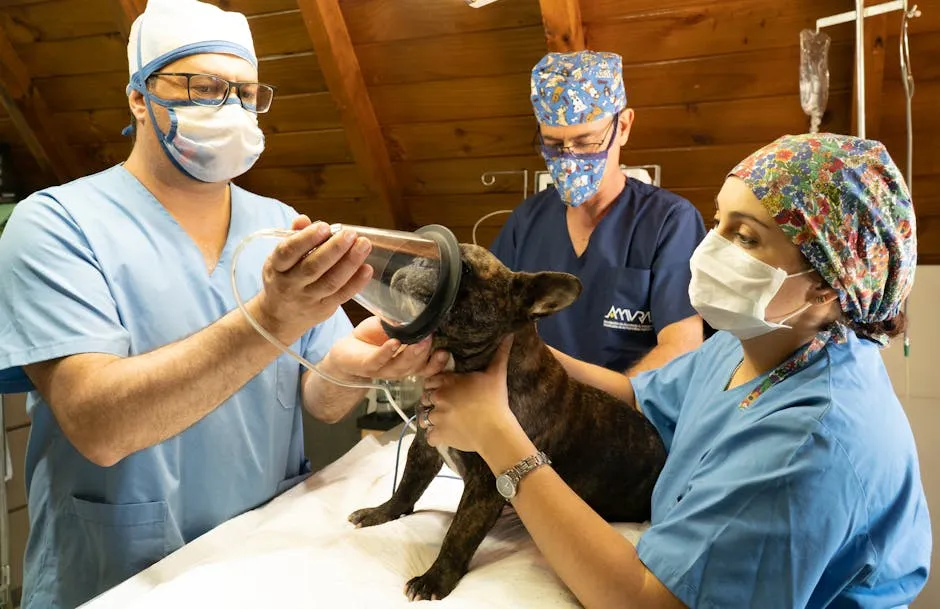
Recovery and Rehabilitation
Post-Treatment Care
After surgery, proper care is crucial for recovery. Follow your veterinarian’s instructions closely. Rest is essential, so limit your dog’s activity during the initial healing phase. Crate confinement may help keep your dog calm.
Physical therapy plays a significant role in rehabilitation. Gentle exercises and stretching can regain strength and mobility. Many vets recommend swimming as a low-impact way to promote healing.
Statistics show that dogs adhering to a structured rehabilitation plan have better recovery rates. Approximately 80% of dogs return to their normal activities after surgery when following a strict post-treatment regimen. Following veterinary guidelines ensures your dog has the best chance for a full recovery.
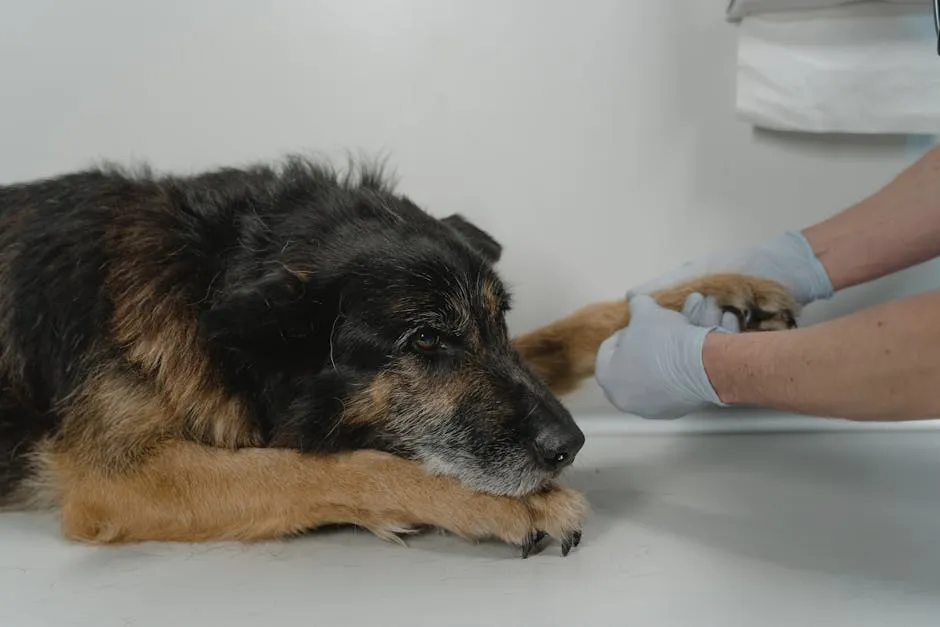
To maintain hydration during recovery, consider using a PetFusion Portable Dog Water Bottle. Keeping your dog hydrated is vital during their recovery process.
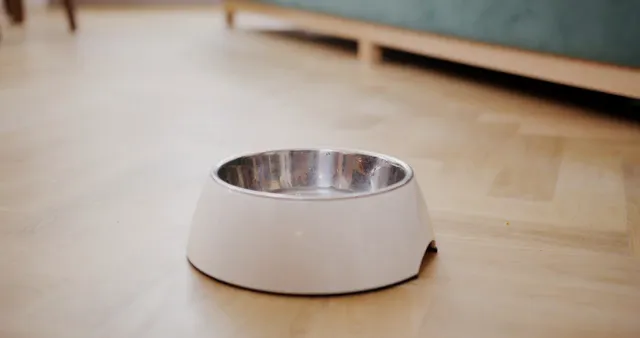
Preventative Measures
Keeping Your Dog Safe
Taking care of your dog’s health can help prevent ACL injuries. Start with a balanced diet. Feeding your dog high-quality food supports their overall well-being. Make sure to adjust portions based on your dog’s size and activity level. For more on this topic, see Understanding canine nutrition: raw vs. kibble debate.
Explore the differences in canine diets and how they can impact your dog’s health. Understanding canine nutrition: raw vs. kibble debate
Regular exercise is key. Aim for daily walks and playtime. Activities like swimming or controlled fetch can strengthen their muscles without putting too much stress on their joints. Always keep an eye on their weight. Keeping your dog at a healthy weight lowers the risk of ACL injuries significantly.

Don’t forget about regular veterinary check-ups. These visits allow your vet to monitor your dog’s health and weight. Your vet can also provide guidance on exercise and nutrition tailored to your dog’s needs.
Consider investing in a PetSafe Easy Walk Dog Harness to encourage proper walking behavior while keeping your dog active. This harness helps to reduce pulling and makes walks more enjoyable for both you and your furry friend.
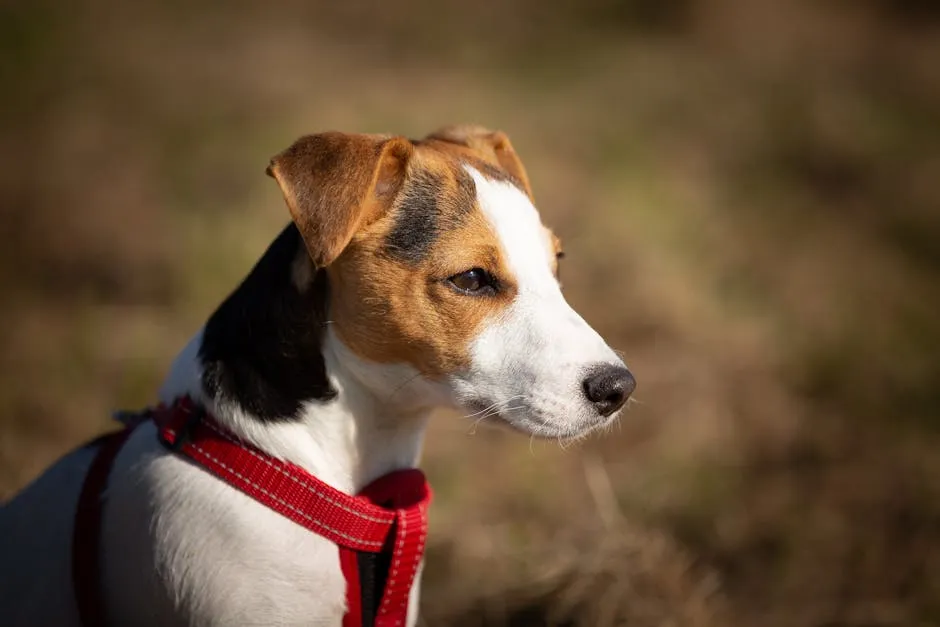
Conclusion
In summary, understanding dog ACL injuries is crucial. Prompt diagnosis and treatment can make a big difference in recovery. If you notice signs of an ACL injury, consult your veterinarian right away.
Preventive measures play a vital role in maintaining your dog’s health. With proper care, you can help your furry friend stay active and happy. Remember, a little prevention goes a long way!
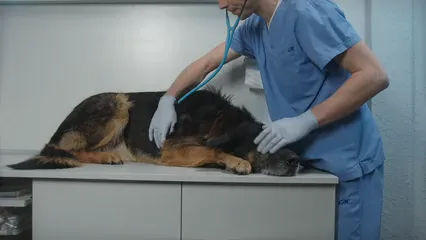
For added safety during outdoor adventures, consider using a Dog Life Jacket to keep your dog safe while swimming. It’s a great addition for any water-loving pup!

FAQs
What are the signs of a torn ACL in dogs?
A torn ACL can lead to noticeable changes in your dog’s behavior. Look out for signs like limping or favoring one leg. Swelling around the knee is also common. Your dog may struggle to jump or play. Additionally, some dogs might exhibit stiffness after resting. A veterinary assessment is essential to confirm the diagnosis.
How can I help my dog recover from an ACL injury?
Recovery from an ACL injury requires a multi-faceted approach. Start with weight management to alleviate pressure on the joint. Controlled exercise, like short walks, is vital. Consider physical therapy to improve strength and flexibility. Joint supplements can support healing and reduce inflammation. Always follow your vet’s advice for the best recovery plan.
Are certain dog breeds more prone to ACL injuries?
Yes, some dog breeds face higher risks for ACL injuries. Larger breeds, such as Rottweilers and Labrador Retrievers, are particularly affected. Obesity significantly increases the chances of injury. Additionally, dogs that engage in sporadic intense activities are at risk. Understanding these risk factors can help you take preventive measures.
What are the treatment options for dog ACL injuries?
Treatment options for ACL injuries vary based on severity. For mild injuries, non-surgical methods like rest and rehabilitation are effective. Weight management and controlled exercise play crucial roles. If surgery is necessary, methods like TPLO or extracapsular techniques may be recommended. Your veterinarian will help determine the best course of action for your dog.
Can ACL injuries in dogs heal without surgery?
Yes, some ACL injuries can heal without surgery. Non-surgical approaches include weight management, exercise modifications, and pain relief medications. Studies show a significant number of dogs respond well to conservative treatment. However, this depends on the injury’s severity and your dog’s overall health. Always consult your veterinarian for tailored advice.
Please let us know what you think about our content by leaving a comment down below!
Thank you for reading till here 🙂
All images from Pexels

